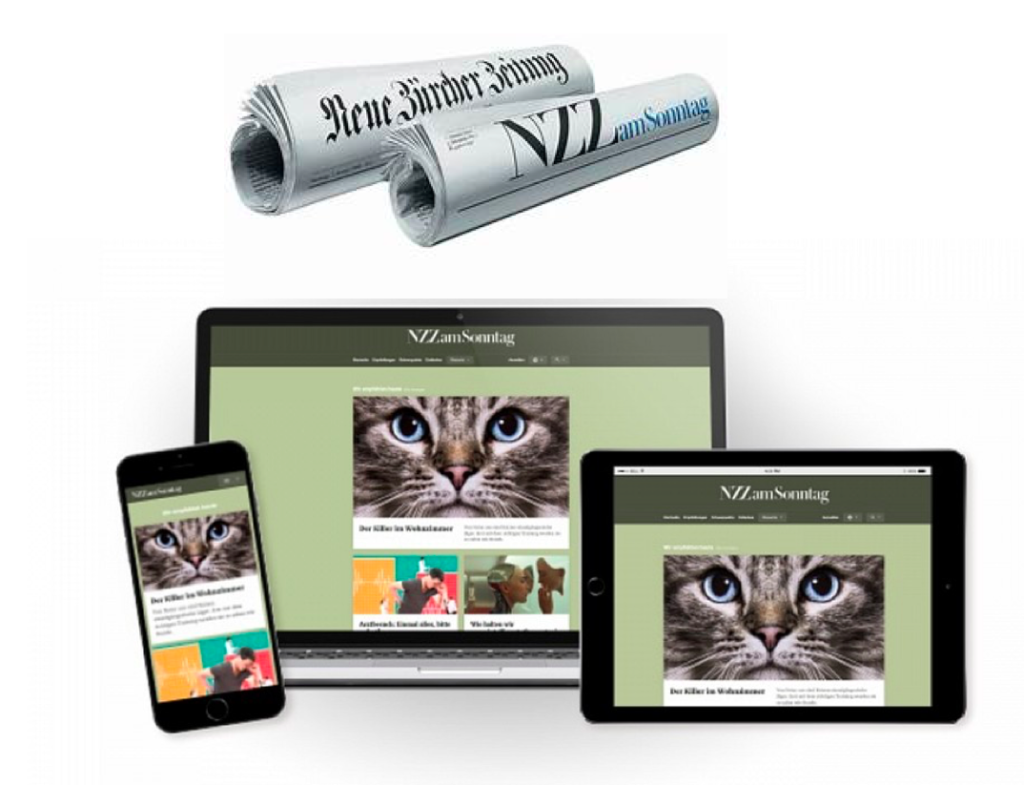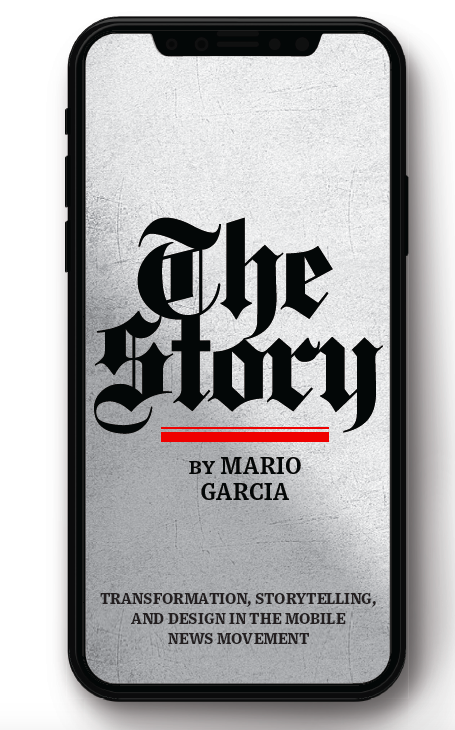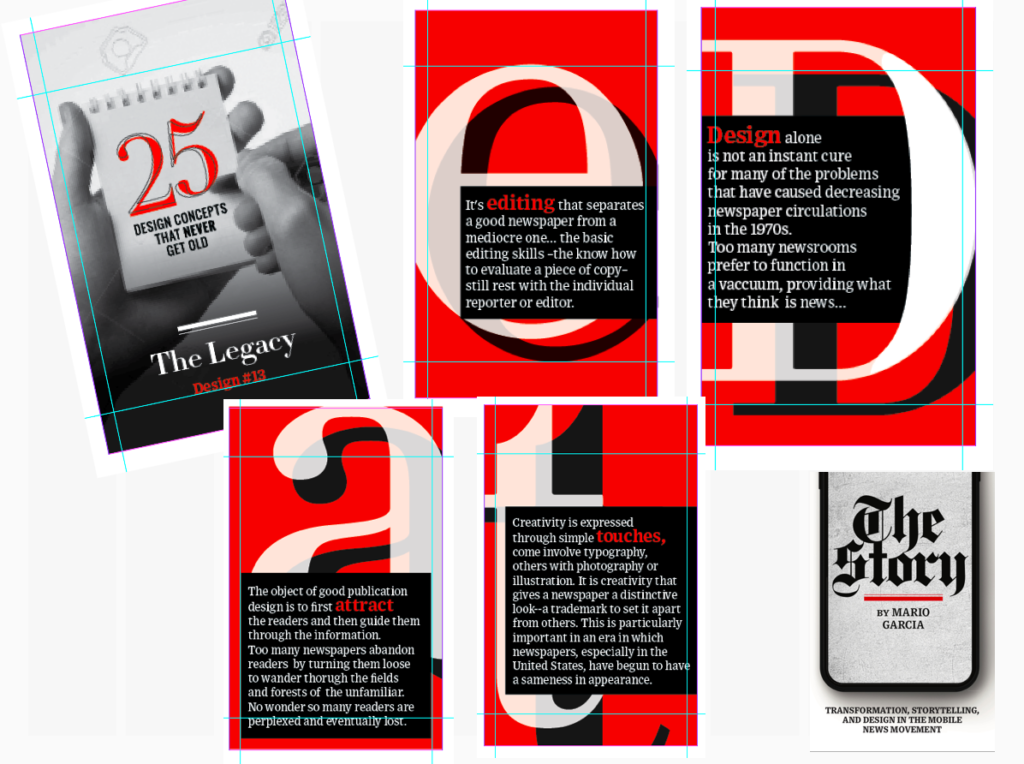This is the weekend edition of TheMarioBlog and will be updated as needed. The next blog post is Monday, April 15.
I am a major proponent of newsletters as part of how we promote content.
Readers appreciate a well curated edition, with an authoritative voice, that summarizes in a sort of “mini newspaper” format the stories of importance across a full spectrum of content and interests.
The best newsletters emphasize brevity, curation and have the voice of an editor who understands what stories are important. Every newspaper should have at least a daily newsletter edition, preferably in the morning, but it is best if there are also newsletters that emphasize specific topics.
Two recent pieces remind us of the importance of newsletters and offer some tips for us to consider.
In Switzerland, the newsletter as subscription tool

The Swiss newspaper, Neue Zürcher Zeitung (NZZ) , is using newsletters as an effective ways to drive registrations and, ultimately, subscribers so it can hit its goal of 200,000 paying readers by 2022. To accomplish that, the NZZ has 21 email newsletters, some daily, others weekly.
The most popular newsletter, its daily briefing, has grown to almost 250,000 readers. According to the publisher, this newsletter accounts for around 8% of the traffic to its site in the morning. The open rate on average is above 30%, beating the MailChimp benchmark for media newsletters of 22%.
What has the NZZ team learned?
–Topics for newsletters have a lot to do with their success. For example, newsletters such as “Economics” or “Digital” work best to convert people and have an audience size of 25,000 and 15,0000, respectively.
–Lifestyle newsletters have the lowest conversion rates, according to the publisher. The NZZ has a variety of lifestyle topic newsletters: weekend, food, travel, etc. The NZZ folks also report that there is a positive correlation between the number of newsletters users subscribe to and their engagement score, which is measured using criteria like recency, frequency and volume of articles read per visit to calculate a propensity to subscribe.
Newsletters as journalistic products
This piece appealed to me because it makes it clear that newsletters are NOT marketing products, but, indeed, journalistic ones. In fact, some of the best received newsletters are becoming products of their own. In some cases, as in Germany’s Tagesspiegel, for example, the daily Checkpoint newsletter is one of the most read in the country, becoming almost a brand in itself, written by editor Lorenz Maroldt.

Some key points from the article that I totally agree with:
In the last couple of years, however, we have increasingly seen the newsletter become a publication of its own. Not a marketing tool, but a journalistic product that has the great advantage of building a direct relationship with the audience. Newsletters also provided a solution to reduce dependence on traffic from Facebook and Google. Publishers found out the hard way that this traffic is volatile when the big platforms took the liberty to adjust their algorithms to suit their own business needs.
This, too, resonated with me:
In 2019, it is essential for editors to no longer look at newsletters as a marketing tool or service, but as a full journalistic publication channel. The good news is that creating a newsletter has not only become more important, but also easier. There are many tools that allow a news room to launch a newsletter in a day. A good strategy is to start small with a single dedicated newsletter and expand later to more newsletters for broader audiences.
I would add: try to find various journalists in the newsroom who are up to the task of writing newsletters that are comprehensive, yet simple, authoritative, but with a chatty voice, and who bring a sense of expertise to the subjects of the newsletter.
I personally like newsletters that emphasize hierarchy, such as CNN’s Five Things to Know Today. A newsletter that has 20+ items is intimidating and not as effective in giving us a brief glance of what is important.
And prepare to do your newsletter podcast, for those who prefer to hear it.
Pre-order The Story

The newspaper remains the most powerful source of storytelling on the planet. But technology threatens its very existence. To survive, the Editor must transform, adapt, and manage the newsroom in a new way. Find out how, pre-orderThe Story by Mario Garcia, chief strategist for the redesign of over 700 newspapers around the world.

Order here:
https://thaneandprose.com/shop-the-bookstore?olsPage=products%2Fthe-story

An interview of interest
http://www.itertranslations.com/blog/2019/3/11/fd60ybflpvlqrgrpdp5ida5rq0c3sp
Start writing or type / to choose a blockParagraph
TheMarioBlog post #3029